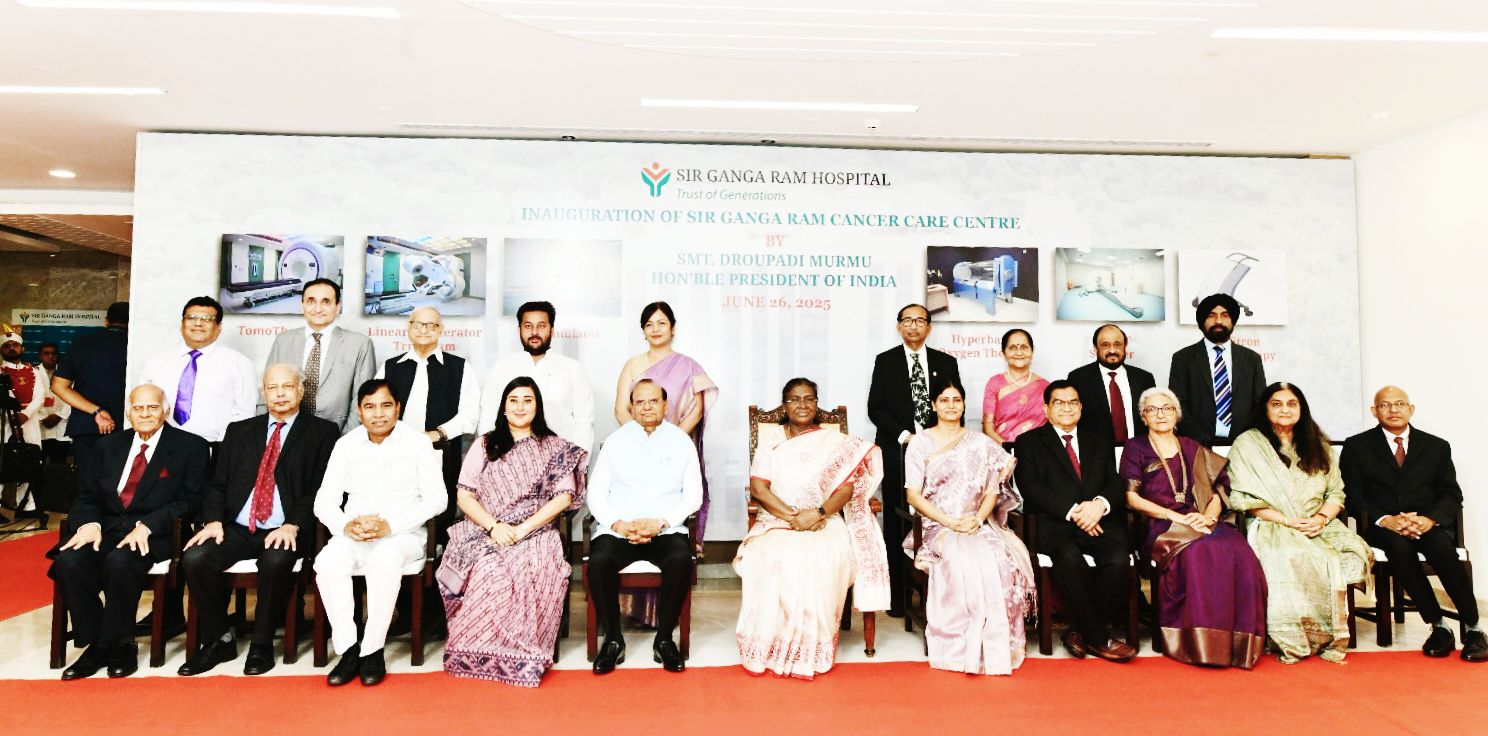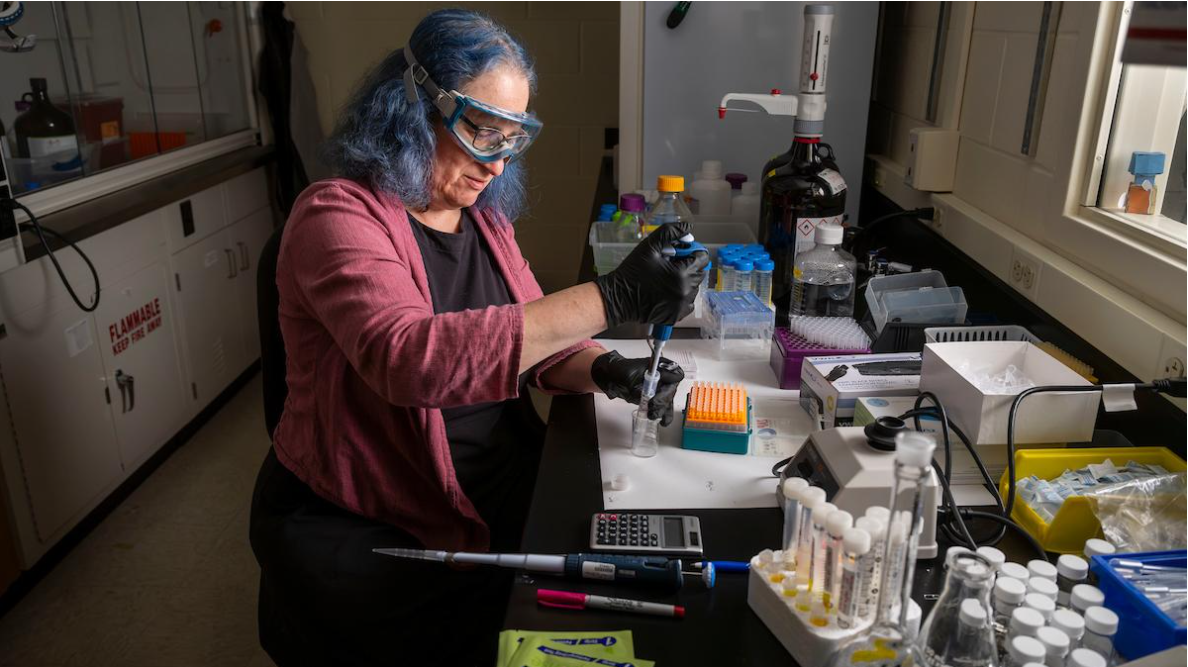 New Delhi: As evidences of efficacy and sure cure multiply, the regenerative medicine is in thing in disease treatment armamentarium. Some recent developments unmistakably point to the fact that Regenerative Medicine has come of age. New therapies are lining up to offer medical solutions as never before and unheard of so far. Thanks to these developments anti-ageing looks round the corner.
New Delhi: As evidences of efficacy and sure cure multiply, the regenerative medicine is in thing in disease treatment armamentarium. Some recent developments unmistakably point to the fact that Regenerative Medicine has come of age. New therapies are lining up to offer medical solutions as never before and unheard of so far. Thanks to these developments anti-ageing looks round the corner.
Tecartus, a CAR-T therapy developed by Kite, a Gilead company, and approved in the U.S. in 2020, has a nearly 90% response rate among patients with relapsed or refractory (R/R) mantle cell lymphoma. Libmeldy, which received its first approval in Europe in 2020, is the first approved therapy to treat early-onset metachromatic leukodystrophy, a historically fatal genetic disease.
Talking to Medicare News, Prabhu Chandra Mishra, President, International Association of Stem Cell and Regenerative Medicine, gave a lowdown on emerging new Medicines. Mr Prabhu says, ‘The regenerative medicine sector is maturing rapidly — and more patients than ever stand to benefit. New therapies can provide unprecedented benefits to patients with severe disorders. Mr Prabhu further adds, ‘Regenerative medicine is an exciting and multifaceted new development in the world of medical treatment. It promises novel therapeutic approaches to replace or re- store the original functions of tissues, functional systems or even entire organs. The field also includes stem- cell and gene therapies, tissue engineering and materials science. Indications range from wound healing and tissue transplantation to curing damaged organs and even entire diseases, such as cancers, genetic disorders and autoimmune diseases.’
Mr Prabhu dubs Stem-cell and gene therapies as representing a major revolution in medicine. According to him, these new therapies also represent a revolution for patients, shifting the focus from treatment to healing. While, for now, the bulk of the innovation will continue to come from chemical and biological compounds, we see a growing pipeline of stem-cell and gene therapies that will play a role in the pharmaceutical market of the future. Clearly desirable from a human perspective, these new approaches are also highly attractive from both a scientific and a commercial perspective.
Mr Prabhu further says, ‘But this revolution in medicine is not being optimised as Big Pharma seems reluctant to take the plunge and is less active in stem cell and gene therapies. As a result, there is real risk of missing out on a great opportunity of aggregating these new therapies into mainstream medicine. Alongside biotechnology (“biotech”) companies and university hospital research centers, a new type of player has emerged in the field: medical technology (“medtech”) companies. Medtech’s role is to provide the framework for administering the stem-cell and gene therapies, and to engineer the desired tissue matrices for transplantation.’
Once regenerative medicine becomes mainstream, the entire healthcare ecosystem will have to adapt. Re- generative medicine requires special patient settings for application and new forms of reimbursement. Healthcare systems, payers and society need to decide how much they are willing to spend for patients to be healed of deadly diseases.
Mr Prabhu elaborates, ‘Pharmaceutical companies, for their part, must prepare themselves for the coming revolution, ensuring that they are able to integrate and launch the new therapies as and when they emerge. This will involve strengthening their “innovation radar” and scouting capabilities, reviewing their R&D and commercial models, establishing a supply chain for regenerative medicine, training physicians, developing digital services to support the use of the new products and generate real-life data, and shaping new market-access models in partnership with payers.
One thing is beyond question: Re- generative medicine is on course to transform the pharmaceutical world. By following our practical recommendations, Big Pharma can ensure that it is not left behind in the process.
As CEO of StemGenn Therapeutics, Prabhu Mishra, is making indelible imprint in the arena of regenerative medicine. StemGenn Therapeutics is offering the next generation Regenerative Medicine in India. Mr Prabhu Mishra says, ‘Stem Cell Therapy technology in India is relatively new & majorly investigational and increasing the awareness about Stem Cell Therapy in the country is a crucial task that needs to be undertaken immediately. Lack of uniform protocol and trained manpower makes this task difficult and moreover the treatments being expensive, many clients shy away from them.
‘We offer the highest quality technology and cellular therapy services which is backed by scientific research and training to the medical practitioners who are eager to learn about this emerging field. Our aim is to advance human healthcare technology in collaboration with global leaders and experts, leading hospitals, and academic institutions dedicated to the field of Regenerative Medicine,’ says Prabhu Mishra.
The company endeavours to create an ecosystem where the emerging area of Regenerative Medicine thrives at its best in India. To do that the company also offers fellowship and regenerative medicine trainings for healthcare professionals in this field. What makes the company stand out is its focus on research to understand and decipher the science behind Regenerative Medicine. It works on its own best-in class protocols and technologies which are quite unique in the market. ‘We work to provide the best results for the patients and not for the money and are focused on ethics and that truly makes us stand out,’ adds Prabhu Chandra Mishra, CEO, StemGenn Therapeutics.
StemGenn’s flagship services include Regenerative Medicine in fertility management such as thin endometrium, premature ovarian failure, Asherman syndrome and more. One of StemGenn Therapeutics’ offerings is Regenerative medicine applications in Infertility & cosmetic gynaecology with this it has successfully assisted women with multiple implant failure, premature ovarian failure, thin endometrium, stress urinary incontinence, vulvovaginal rejuvenation and other conditions to give birth to healthy children. The company also offers many training courses for doctors and scientists especially in cosmetic gynaecology, stemcell & Regenerative medicine and Regenerative Orthopaedics.








